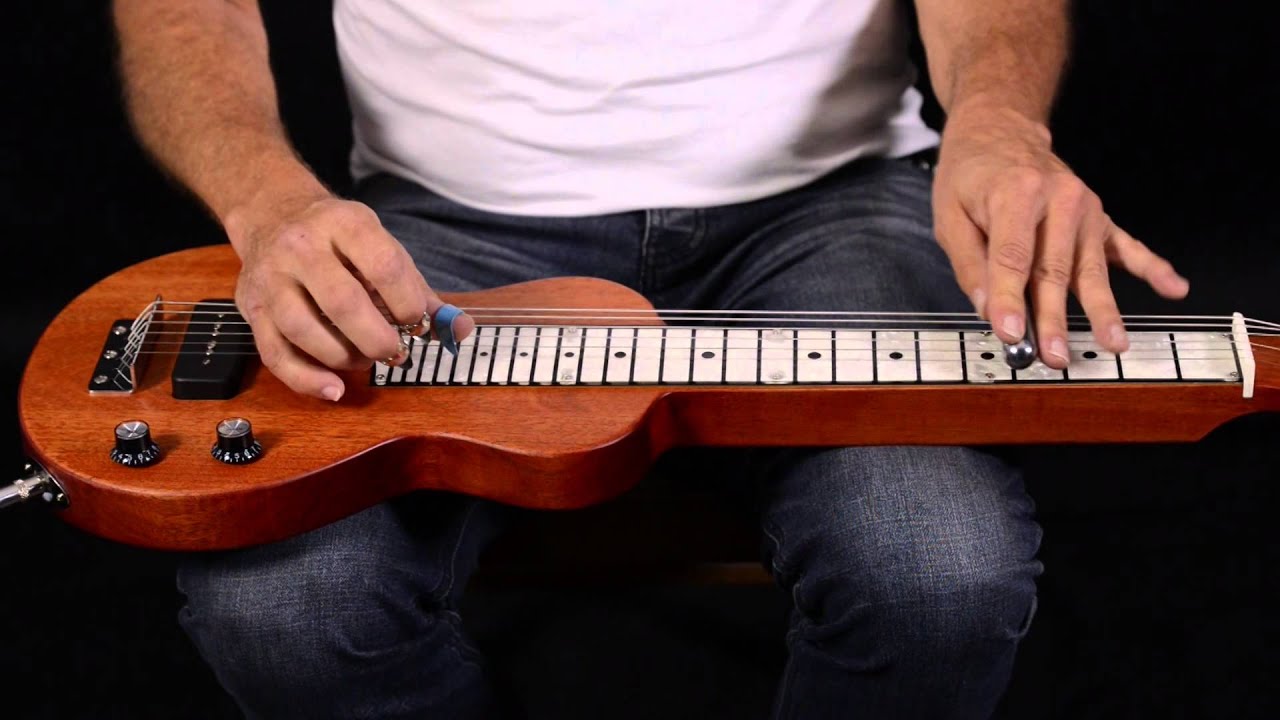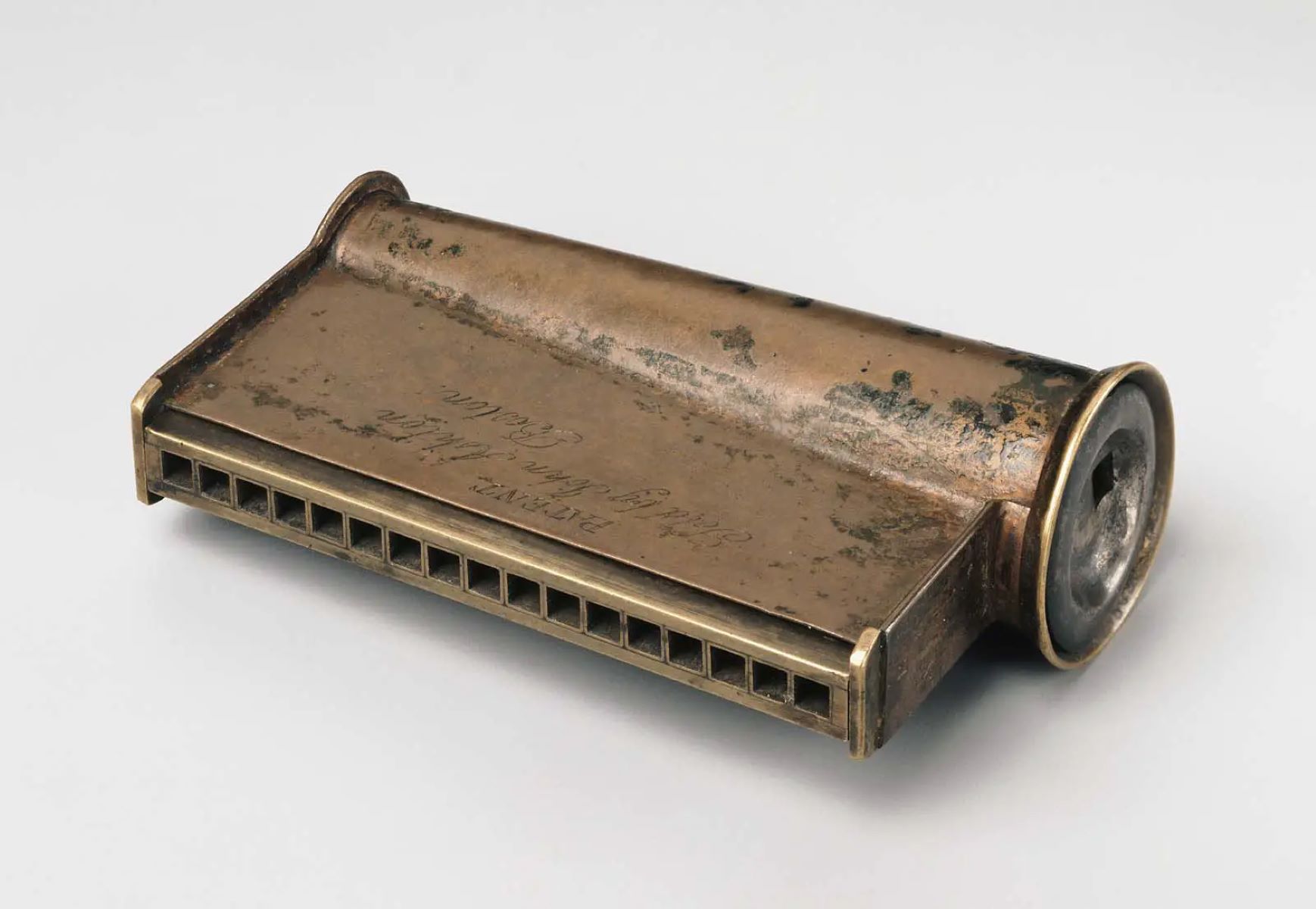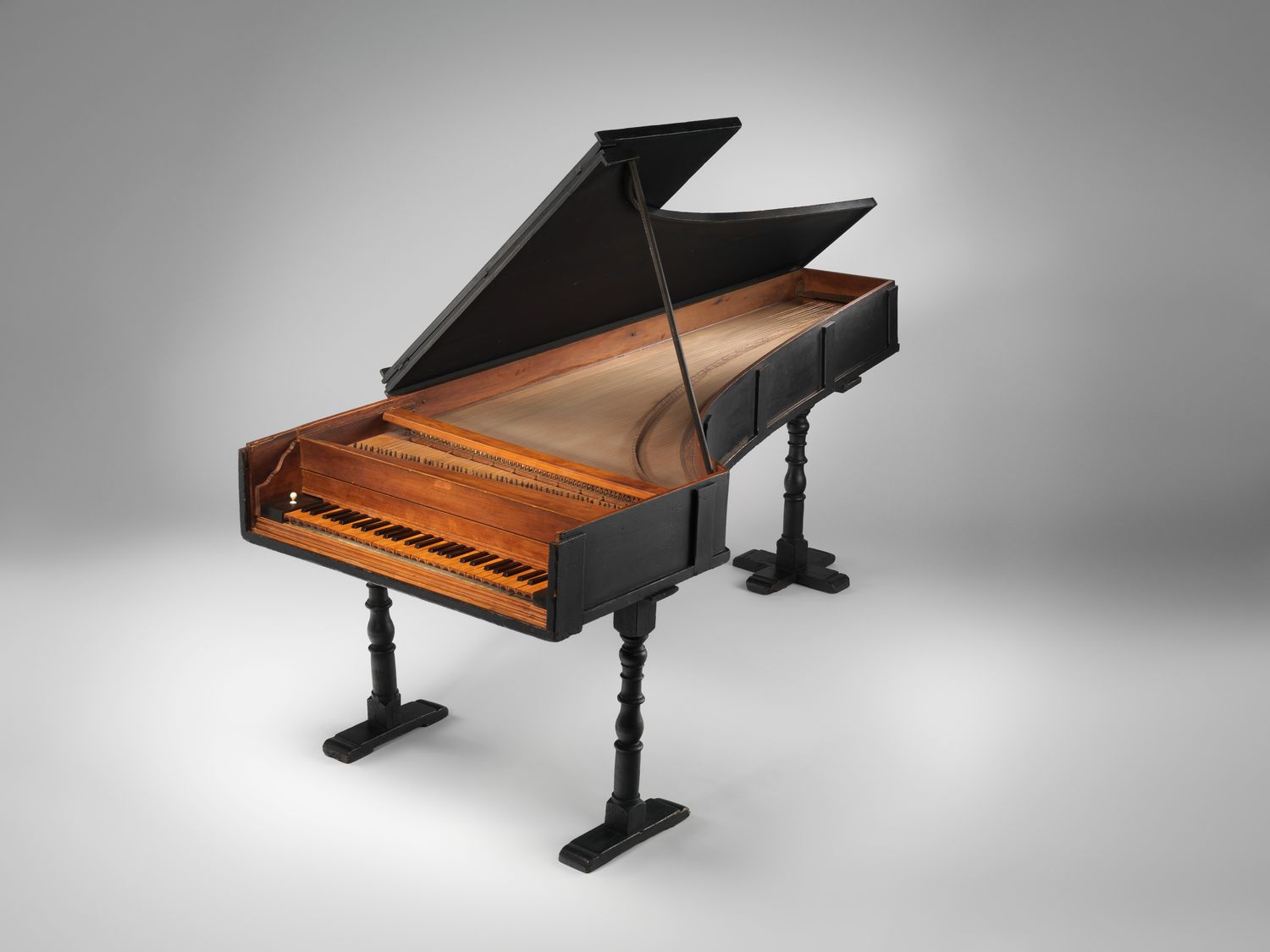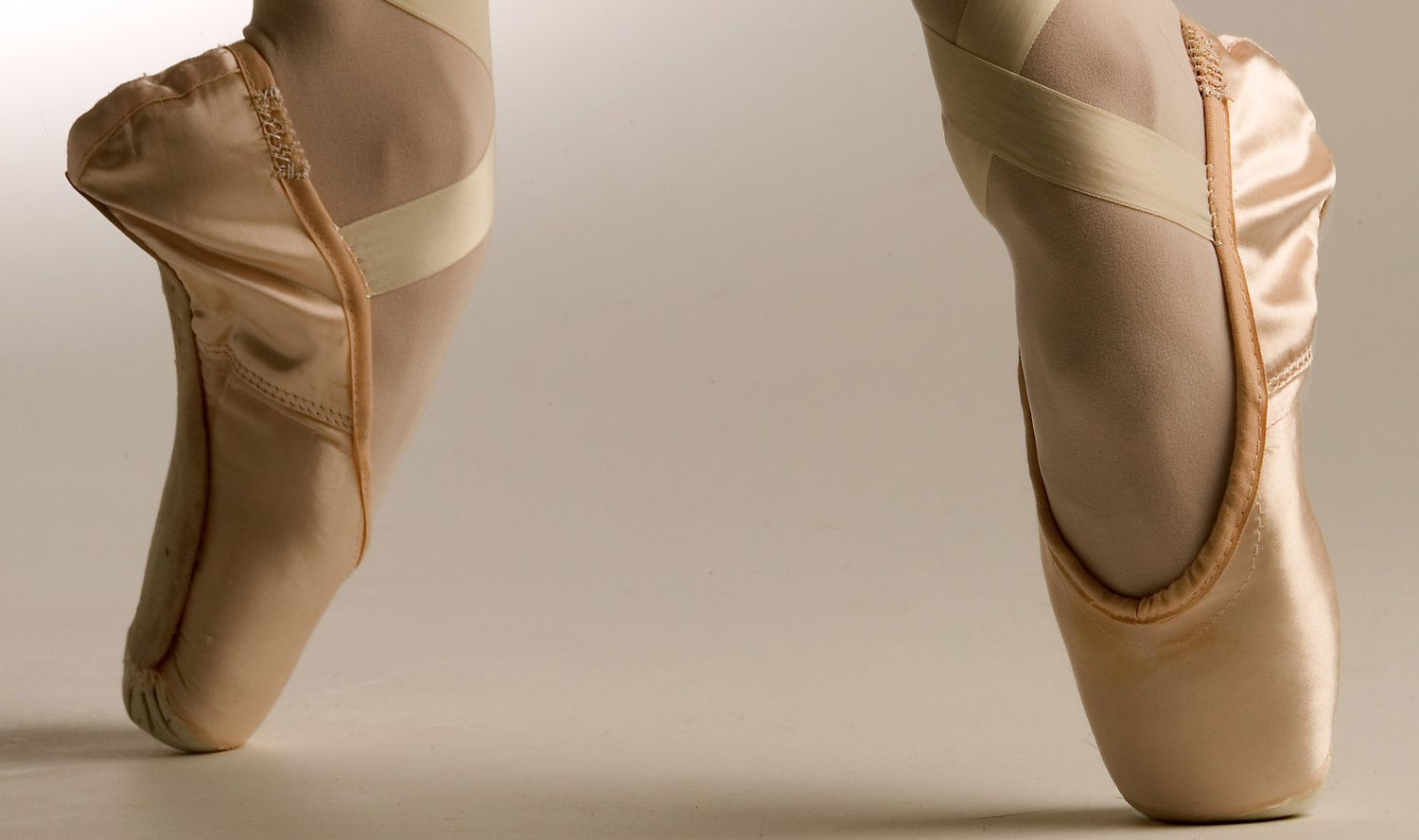Home>Instruments>Drums>How Are Steel Drums Made
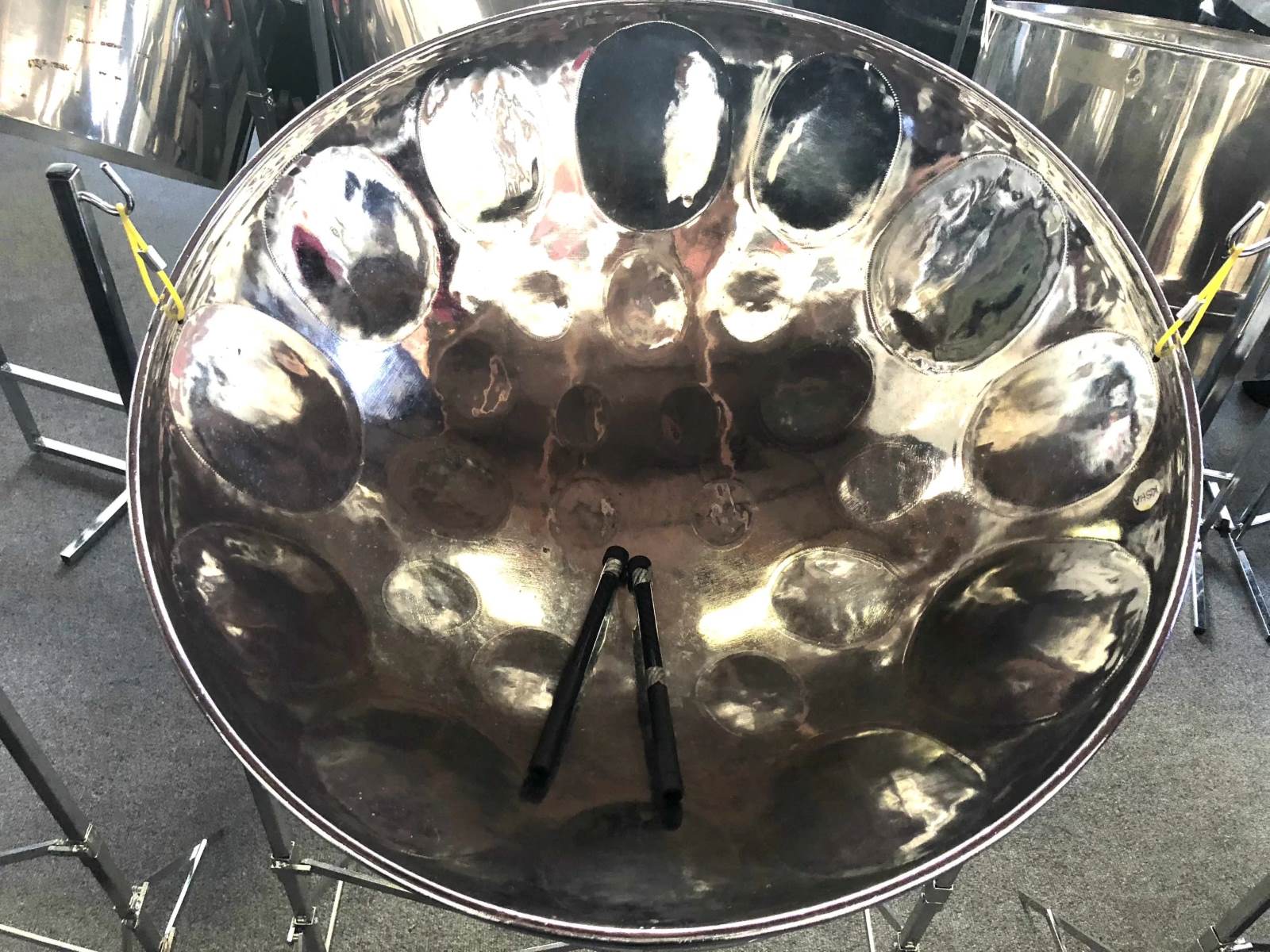

Drums
How Are Steel Drums Made
Published: February 8, 2024
Discover the intricate process of crafting steel drums and the artistry behind creating these versatile percussion instruments. Learn about the materials, techniques, and cultural significance of drums.
(Many of the links in this article redirect to a specific reviewed product. Your purchase of these products through affiliate links helps to generate commission for AudioLover.com, at no extra cost. Learn more)
Table of Contents
Introduction
Steel drums, also known as steel pans, are a fascinating and vibrant musical instrument that originated in the Caribbean. These unique percussion instruments produce melodious tunes that evoke the spirit and rhythm of the islands. The process of crafting a steel drum is a labor-intensive art form that requires skill, precision, and a deep understanding of metallurgy and music.
In this article, we will delve into the captivating world of steel drums, exploring their history, the materials used in their production, the intricate making process, and the meticulous tuning and finishing techniques. By gaining insight into the craftsmanship behind steel drums, we can develop a greater appreciation for these enchanting instruments and the cultural significance they embody.
The creation of steel drums is a testament to the ingenuity and creativity of the human spirit, as it involves transforming ordinary steel into a musical masterpiece. Throughout the decades, steel drums have transcended their Caribbean roots and have become beloved and celebrated instruments worldwide, captivating audiences with their vibrant melodies and infectious rhythms.
Join us on a rhythmic journey as we uncover the artistry and craftsmanship behind the making of steel drums, from their humble beginnings to their global prominence in the world of music.
History of Steel Drums
The history of steel drums is deeply rooted in the rich cultural tapestry of Trinidad and Tobago, where the evolution of this musical marvel began. The origins of steel drums can be traced back to the 18th century when African slaves, brought to the Caribbean to work on sugar plantations, found ways to preserve their cultural traditions and express themselves through music despite the harsh conditions they endured.
One pivotal moment in the development of steel drums occurred when discarded oil barrels, remnants of the island’s oil industry, became the raw material for crafting musical instruments. Through experimentation and innovation, these metal containers were transformed into the first versions of steel drums, marking the birth of a new musical legacy.
Over time, the steel drum underwent significant advancements, evolving from rudimentary percussion instruments to sophisticated melodic steel pans capable of producing a wide range of notes. The 20th century witnessed the refinement of steel drum manufacturing techniques and the emergence of skilled artisans who elevated the instrument to new heights of musical expression.
Today, steel drums are celebrated as the national instrument of Trinidad and Tobago, and their influence has reverberated across the globe, captivating music enthusiasts and artists from diverse cultural backgrounds. The infectious rhythms and vibrant melodies of steel drums have found their way into various music genres, from calypso and reggae to jazz and classical compositions, showcasing the instrument’s versatility and universal appeal.
The history of steel drums is a testament to the resilience and creativity of the human spirit, as it embodies the triumph of music over adversity and the enduring legacy of cultural heritage. Through the evolution of steel drums, we witness the fusion of tradition and innovation, resulting in a musical treasure that continues to captivate and inspire audiences worldwide.
Materials Used in Steel Drum Making
The crafting of steel drums involves the use of specific materials that contribute to the instrument’s unique sound and durability. The primary material utilized in steel drum making is steel itself, typically sourced from industrial barrels or sheets of high-quality steel. These raw materials undergo a meticulous transformation process, resulting in the creation of resonant and harmonious musical instruments.
One of the essential components of steel drums is the playing surface, commonly referred to as the “pan.” This portion is meticulously shaped and tempered to produce distinct musical notes when struck. The quality and composition of the steel used for the pan significantly impact the tonal quality and resonance of the instrument. Skilled artisans carefully select and prepare the steel to ensure optimal sound production and durability.
In addition to steel, other materials contribute to the construction of steel drums. The rims of the drums are crafted from metal, providing structural support and stability to the instrument. These rims are meticulously shaped and fitted to the playing surface, forming the foundation for the overall structure of the steel drum.
The process of assembling a steel drum also involves the use of specialized tools and equipment, including hammers, molds, and tuning devices. These tools are essential for shaping the steel, creating distinct musical notes, and fine-tuning the instrument to achieve the desired pitch and resonance.
Furthermore, the crafting of steel drums often incorporates heat treatment processes to enhance the strength and acoustical properties of the materials. Through precise heating and tempering techniques, the steel is transformed into a resilient and melodious medium, capable of producing a diverse range of musical tones.
By carefully selecting and manipulating these materials, skilled artisans breathe life into the steel drum, infusing it with the potential to produce captivating melodies and rhythmic harmonies that resonate with audiences worldwide.
The Making Process
The creation of a steel drum is a meticulous and intricate process that demands precision, artistry, and a deep understanding of metallurgy and music. The journey begins with the careful selection of raw materials, typically industrial steel barrels or sheets of high-quality steel. These materials are then transformed into the fundamental components of the steel drum, each requiring specialized techniques and craftsmanship.
The first step in the making process involves shaping the playing surface, or “pan,” of the steel drum. Skilled artisans meticulously mold and temper the steel to create a concave surface with distinct indentations, each carefully tuned to produce specific musical notes when struck. This meticulous shaping process is essential to ensure the harmonious resonance and tonal quality of the instrument.
Once the playing surface is crafted, the next stage involves the assembly of the drum’s structural components. The metal rims, carefully shaped and fitted to the playing surface, form the foundation of the steel drum’s structure. These rims provide stability and support, ensuring the integrity of the instrument while allowing for precise tuning and adjustment.
The making process also encompasses the intricate art of “sinking,” where the playing surface is further shaped and refined to optimize its acoustical properties. Skilled artisans utilize specialized tools and techniques to fine-tune the steel, enhancing its capacity to produce rich and vibrant musical tones.
As the various components of the steel drum come together, the instrument begins to take shape, embodying the artistry and expertise of the craftsmen involved in its creation. The meticulous attention to detail and the fusion of traditional techniques with modern precision culminate in the transformation of ordinary steel into a melodious marvel.
Throughout the making process, artisans infuse each steel drum with a unique character and musical potential, ensuring that it resonates with the spirit and tradition of the instrument’s cultural heritage. The crafting of a steel drum is a testament to the artistry and dedication of the individuals who bring these captivating instruments to life, enriching the world of music with their vibrant melodies and rhythmic allure.
Tuning and Finishing
Once the structural components of the steel drum are assembled, the instrument undergoes a meticulous tuning process that is essential for achieving its distinct musical character. Tuning a steel drum involves fine-tuning the playing surface to ensure that each note resonates with clarity, precision, and harmonious resonance. This intricate process requires exceptional skill and a keen ear for musical nuances.
Skilled tuners meticulously adjust the indentations on the playing surface, delicately shaping each note to produce the desired pitch and tonal quality. Through precise hammering and tempering techniques, the artisans refine the steel, allowing it to emit clear and vibrant musical tones that contribute to the instrument’s overall melodic range.
Furthermore, the tuning process involves meticulous attention to detail, as each note must harmonize with the others to create a seamless and melodious musical scale. The tuners carefully refine the instrument’s acoustical properties, ensuring that it resonates with clarity and richness, captivating listeners with its enchanting melodies.
As the tuning process nears completion, the steel drum undergoes a meticulous finishing phase, where the instrument is polished and adorned with decorative elements. The finishing touches not only enhance the visual appeal of the steel drum but also serve to protect the instrument and preserve its lustrous appearance for years to come.
Artisans meticulously inspect and refine the exterior of the steel drum, ensuring that it exudes a radiant and polished finish that reflects the craftsmanship and dedication invested in its creation. The finishing phase also includes the application of protective coatings to safeguard the instrument from environmental elements and preserve its resonant qualities.
Ultimately, the tuning and finishing stages represent the culmination of the steel drum’s transformation from raw materials to a melodious masterpiece. The meticulous attention to detail, the artistry of tuning, and the exquisite finishing touches converge to produce an instrument that not only captivates the senses with its vibrant melodies but also stands as a testament to the craftsmanship and dedication of its creators.
Conclusion
The art of crafting steel drums is a testament to the ingenuity, creativity, and cultural heritage of the Caribbean, where these enchanting instruments originated. From their humble beginnings as repurposed industrial barrels to the sophisticated melodic steel pans of today, steel drums have captivated audiences worldwide with their vibrant melodies and infectious rhythms.
Throughout history, steel drums have transcended their Caribbean roots, making an indelible mark on the global music scene. Their influence has permeated various genres, from calypso and reggae to jazz and classical compositions, showcasing the instrument’s versatility and universal appeal. The rhythmic allure and resonant tones of steel drums have the power to transport listeners to the sun-soaked shores of the islands, evoking a sense of joy and celebration.
The craftsmanship behind steel drum making embodies a harmonious fusion of tradition and innovation, as skilled artisans meticulously shape and tune the steel to produce captivating musical notes. The meticulous process of tuning and finishing ensures that each steel drum emanates a unique character and musical potential, enriching the world of music with its melodic charm.
As we reflect on the artistry and dedication involved in the making of steel drums, we gain a deeper appreciation for these captivating instruments and the cultural significance they embody. The transformation of ordinary steel into melodious marvels is a testament to the resilience and creativity of the human spirit, transcending geographical boundaries to unite audiences through the universal language of music.
In conclusion, the rhythmic journey of steel drums—from their historical roots to their global prominence—serves as a testament to the enduring legacy of cultural heritage and the transformative power of music. Through the artistry and craftsmanship of steel drum making, we are reminded of the profound impact of these instruments, as they continue to enchant and inspire audiences with their vibrant melodies and rhythmic allure.

